Port of Salalah, the largest port of Oman, has joined TradeLens, the blockchain-based digital shipping platform, Times of Oman reported.
Officially announced in August 2018, TradeLens is jointly developed by A.P. Moller–Maersk and IBM to enhance the efficiency and security of global trade. The platform currently handles 10 million events and over 100,000 documents every week.
The TradeLens ecosystem has grown to over 100 member organizations, which includes carriers, freight forwarders, customs authorities, port authorities, and others. The members get a single shared view of a transaction without compromising details, privacy or confidentiality. Moreover, real-time access to shipping data and documents enables members to collaborate more efficiently and with greater certainty.
Mark Hardiman, the Chief Executive Officer of Port of Salalah, said that joining TradeLens is an important step for the port in supporting the modernizing of the trade ecosystem.
“Adopting and incorporating blockchain technology into all aspects of the supply chain will not only enhance the attractiveness of Salalah for these companies but also support the development of new business models that can further leverage the geographical location of Salalah,” he said.
Operating since 1998, Port of Salalah is partly owned and managed by APM Terminals, one of the largest container terminal operators in the world. It recently handled a record yearly volume of 4 million TEUs. It also operates General Cargo Terminal which handled more than 16 million MT of non-containerized cargo in 2019.
Thomas Sproat, Director of Network Development at Maersk GTD, said that the joining of the Port of Salalah will further strengthen TradeLens ecosystem in the Middle East.
“This ecosystem has the ability to leverage blockchain as one of the major components in spurring further innovation in the region,” he said. “Integrating data with an important customer such as the port of Salalah is an important milestone for TradeLens and is a stepping stone for collaboration and will open up new ways of working across the supply chain ecosystem to increase efficiencies and visibility for those involved.”





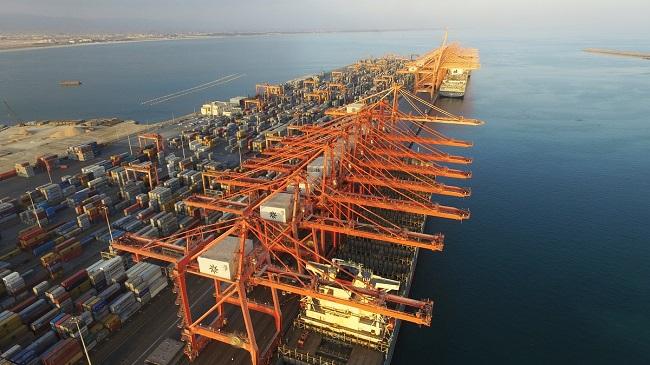

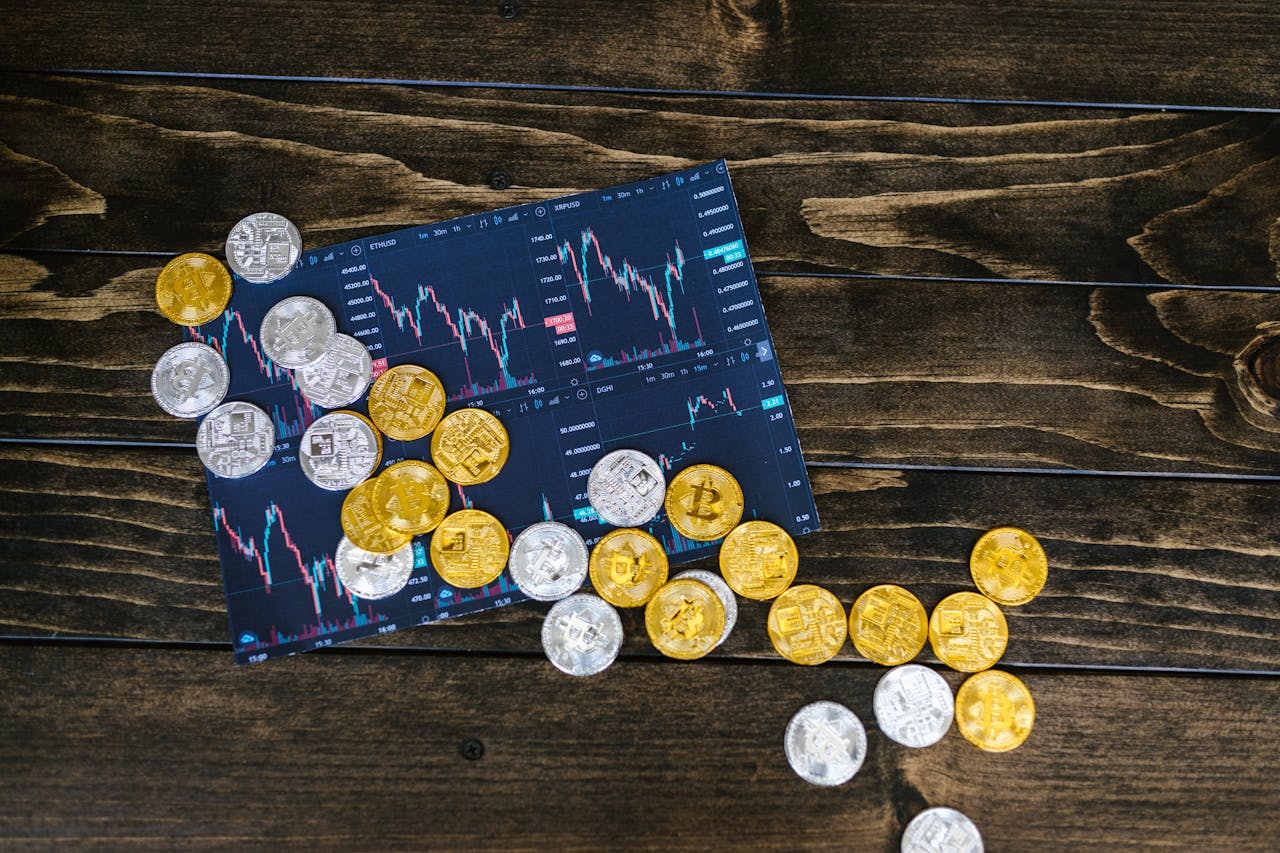
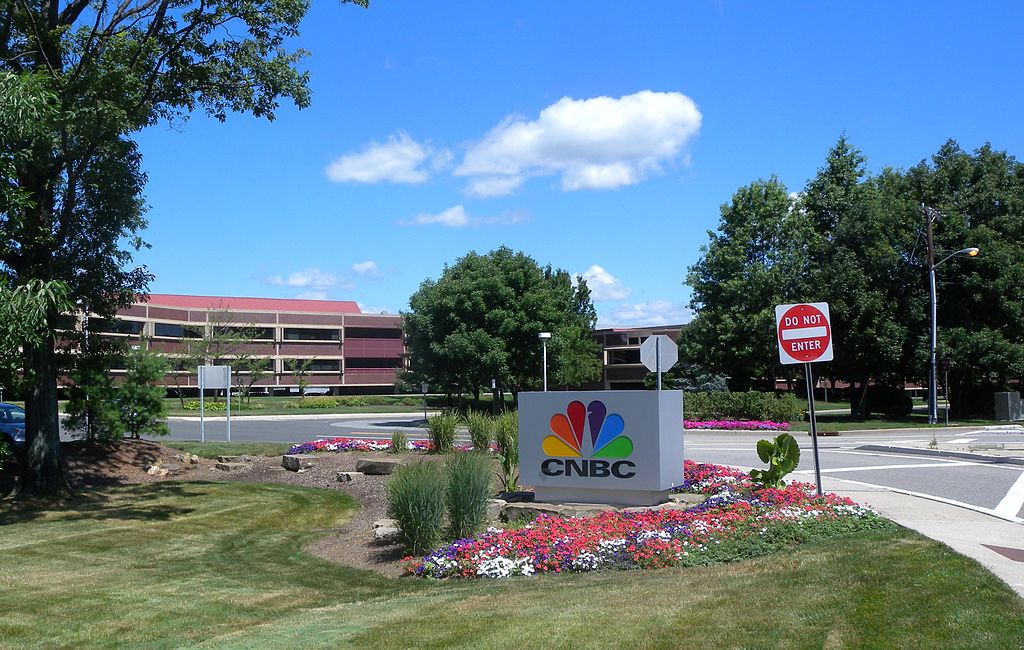







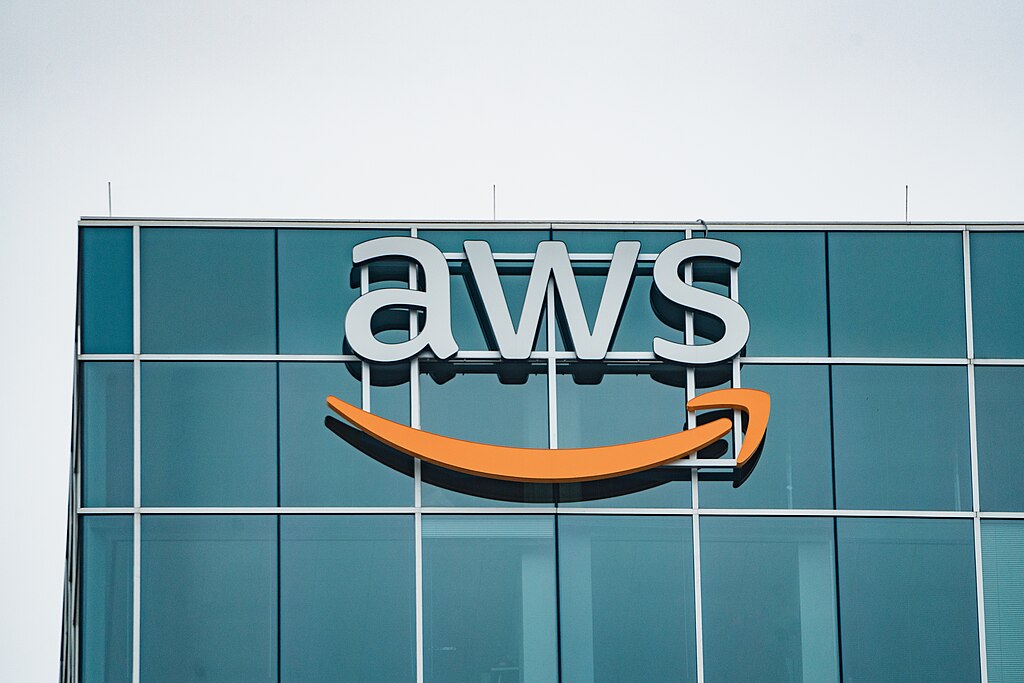
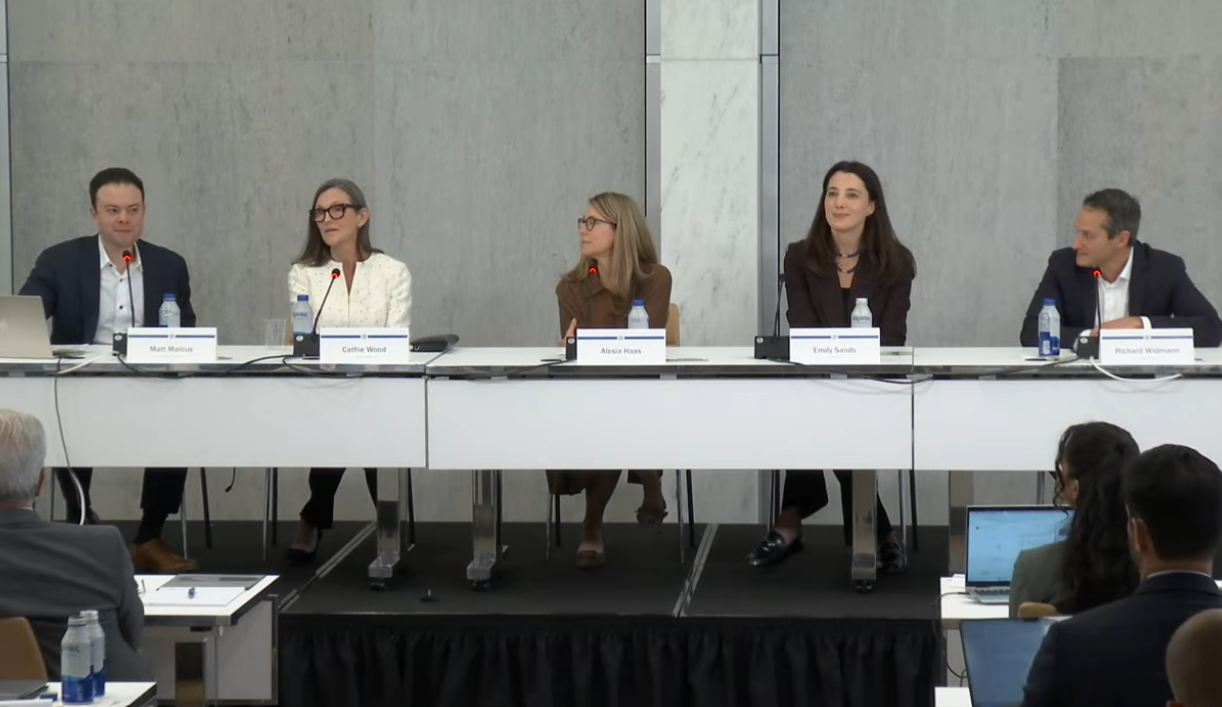

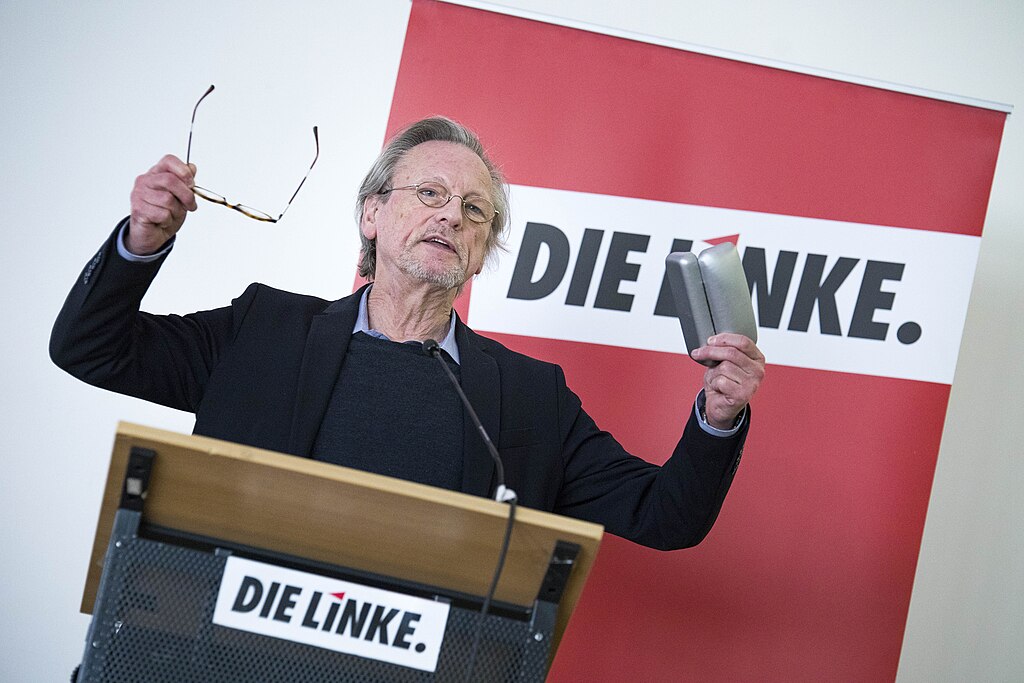
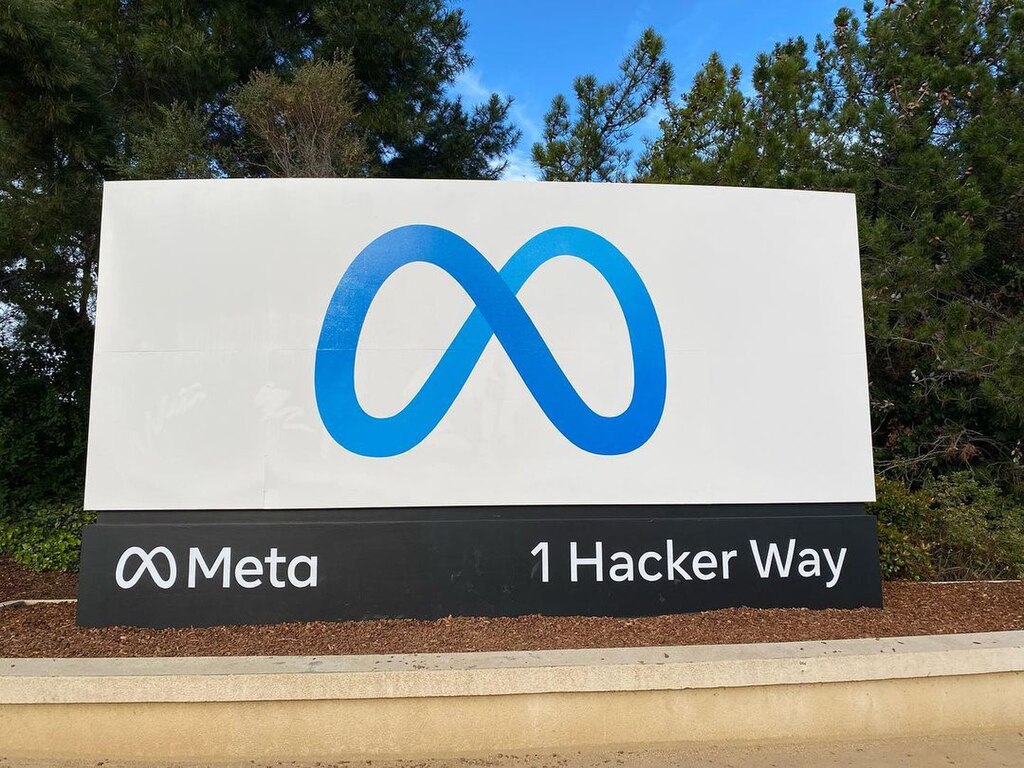




Comment 2